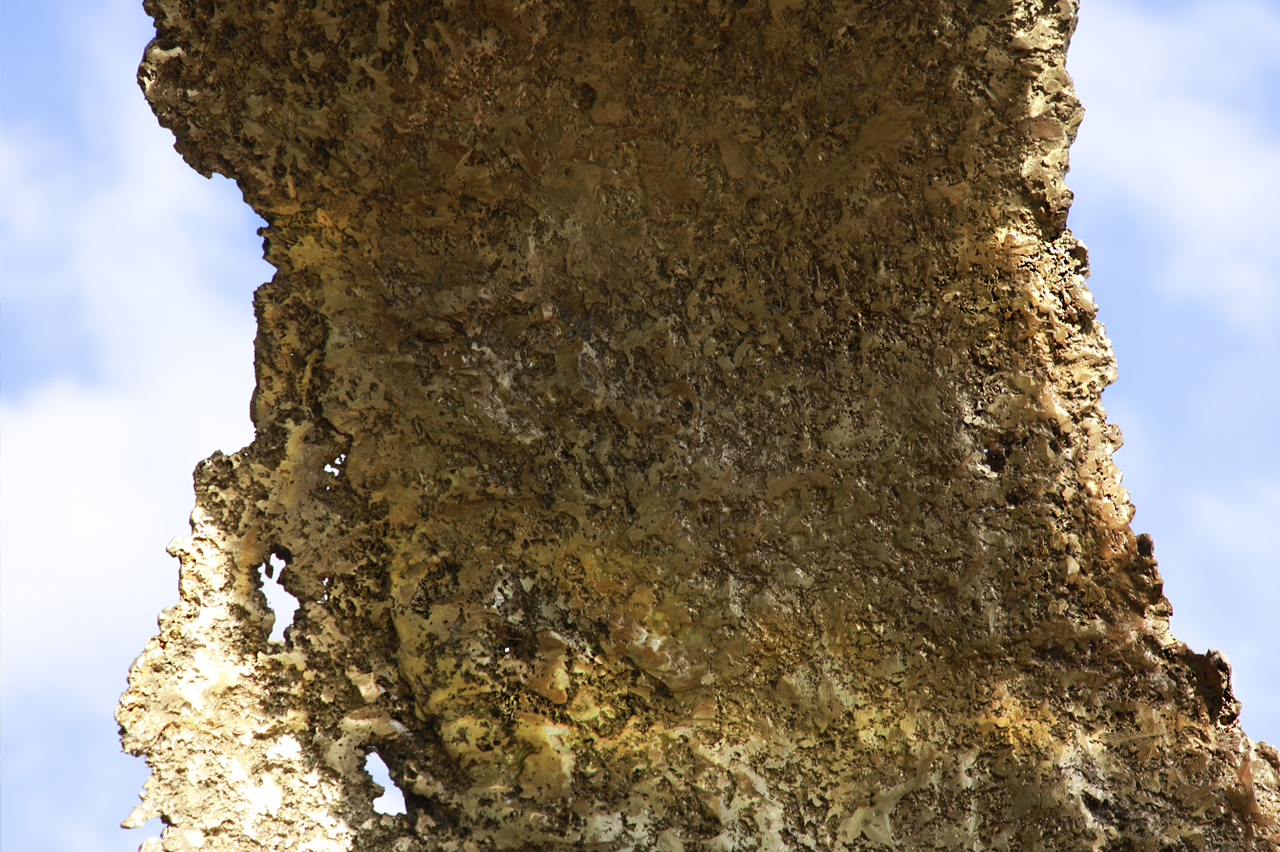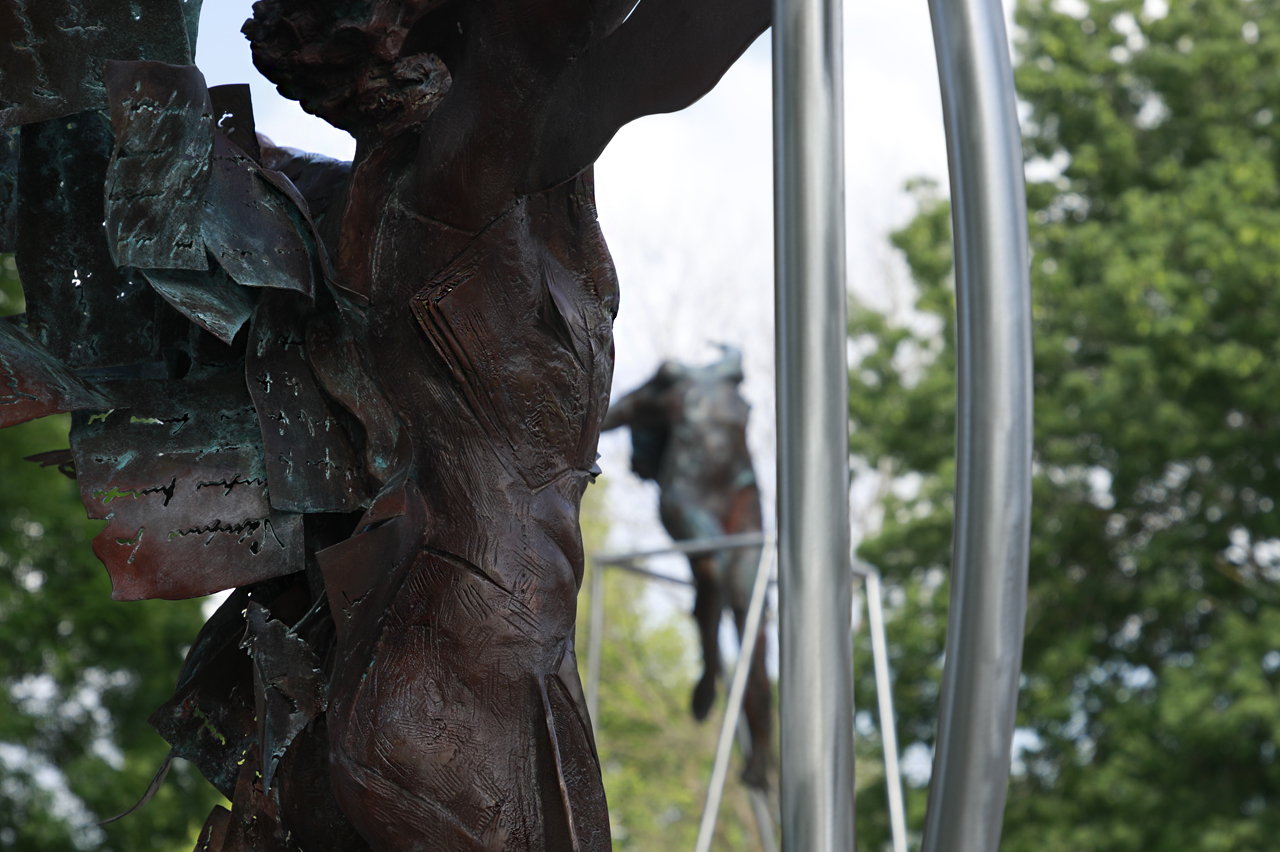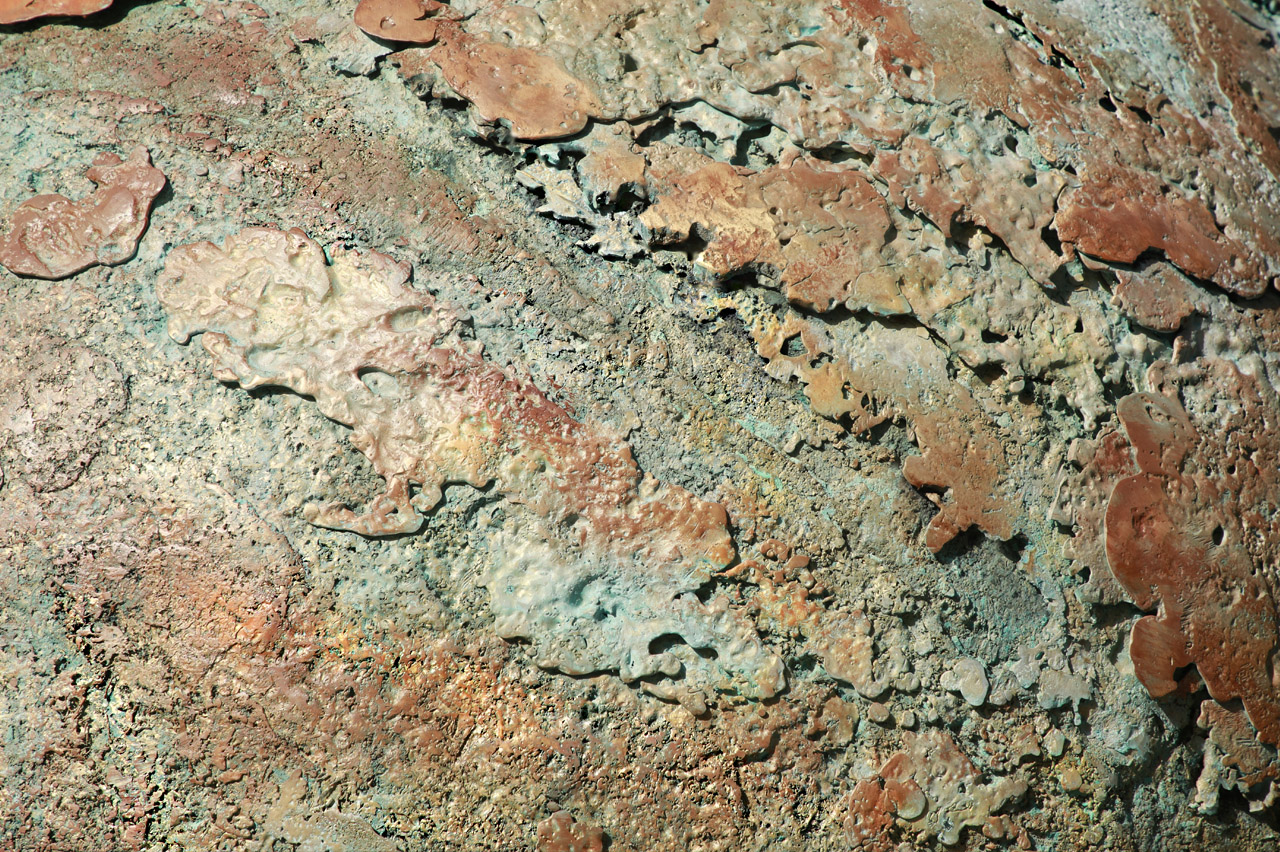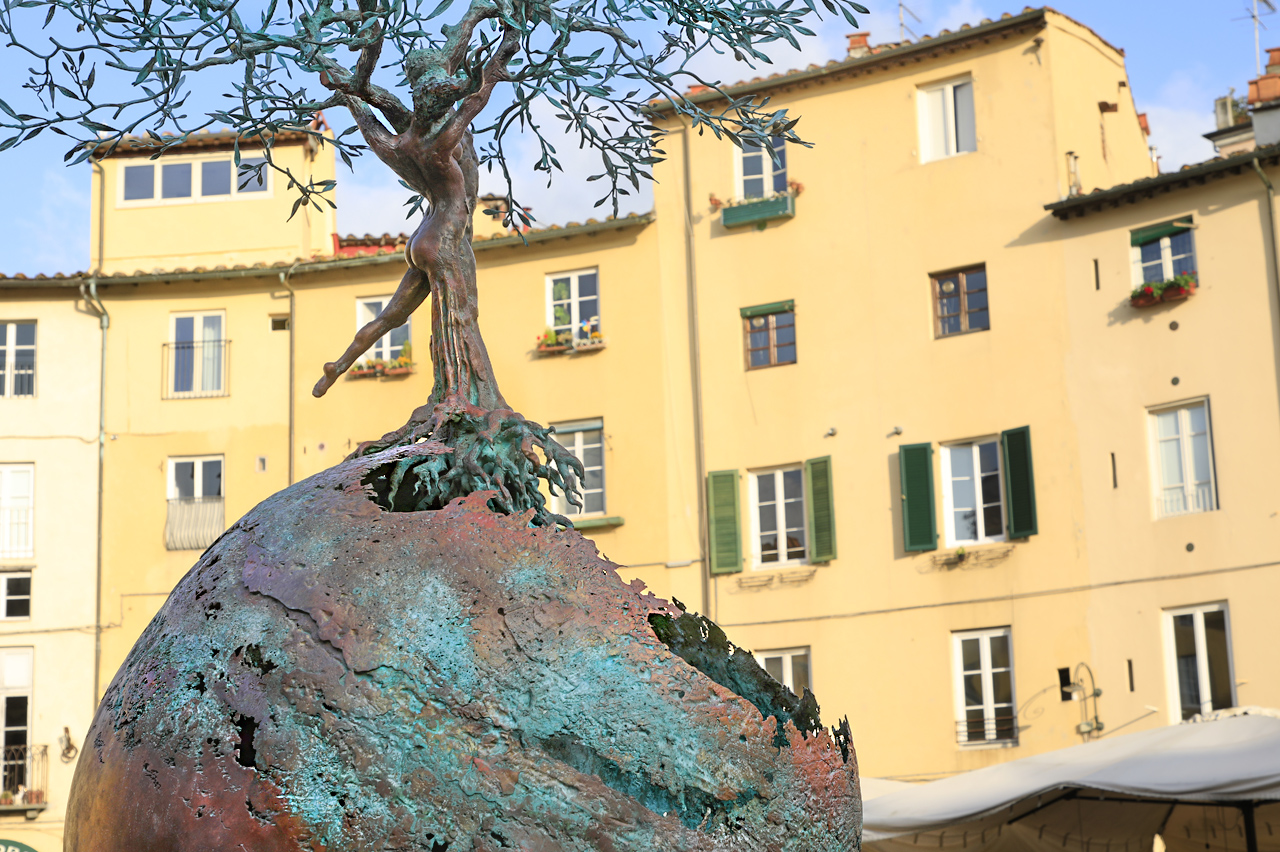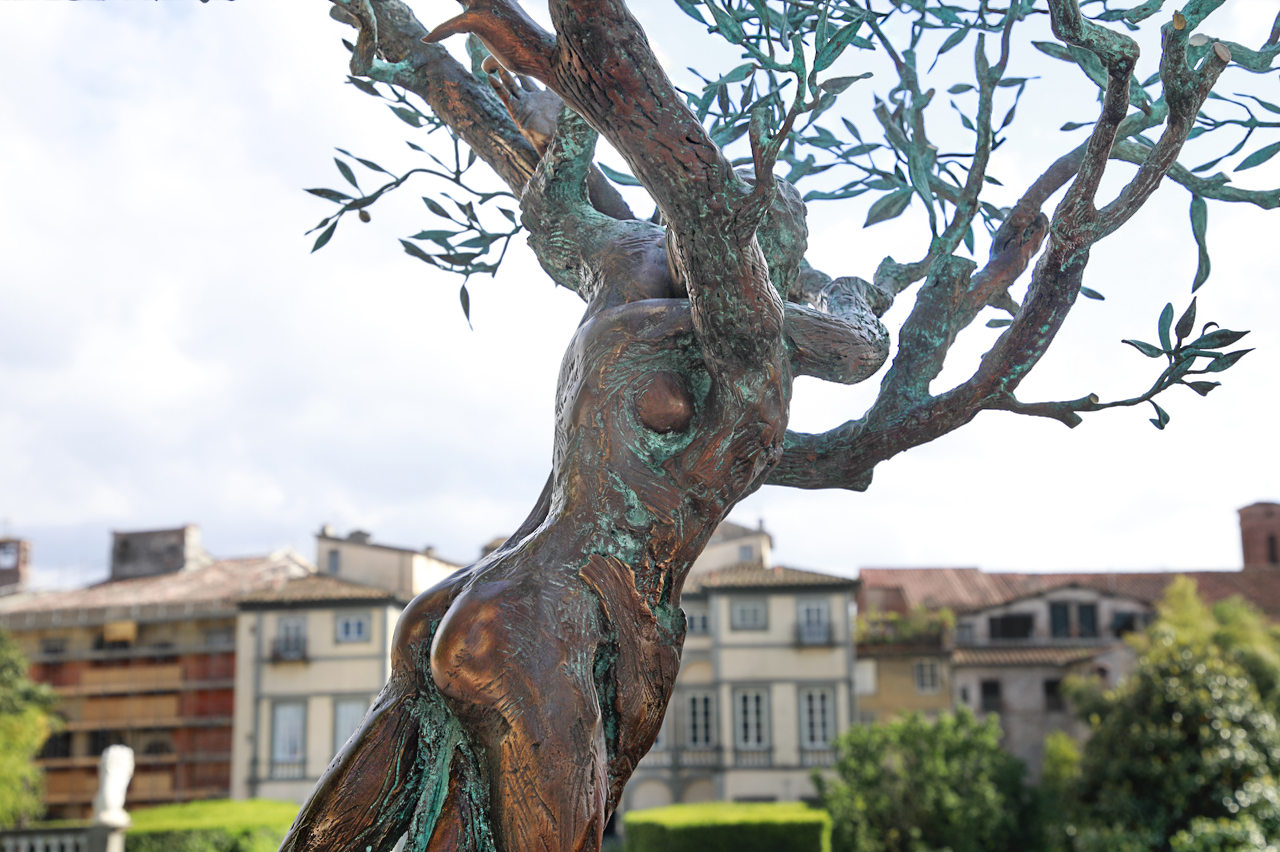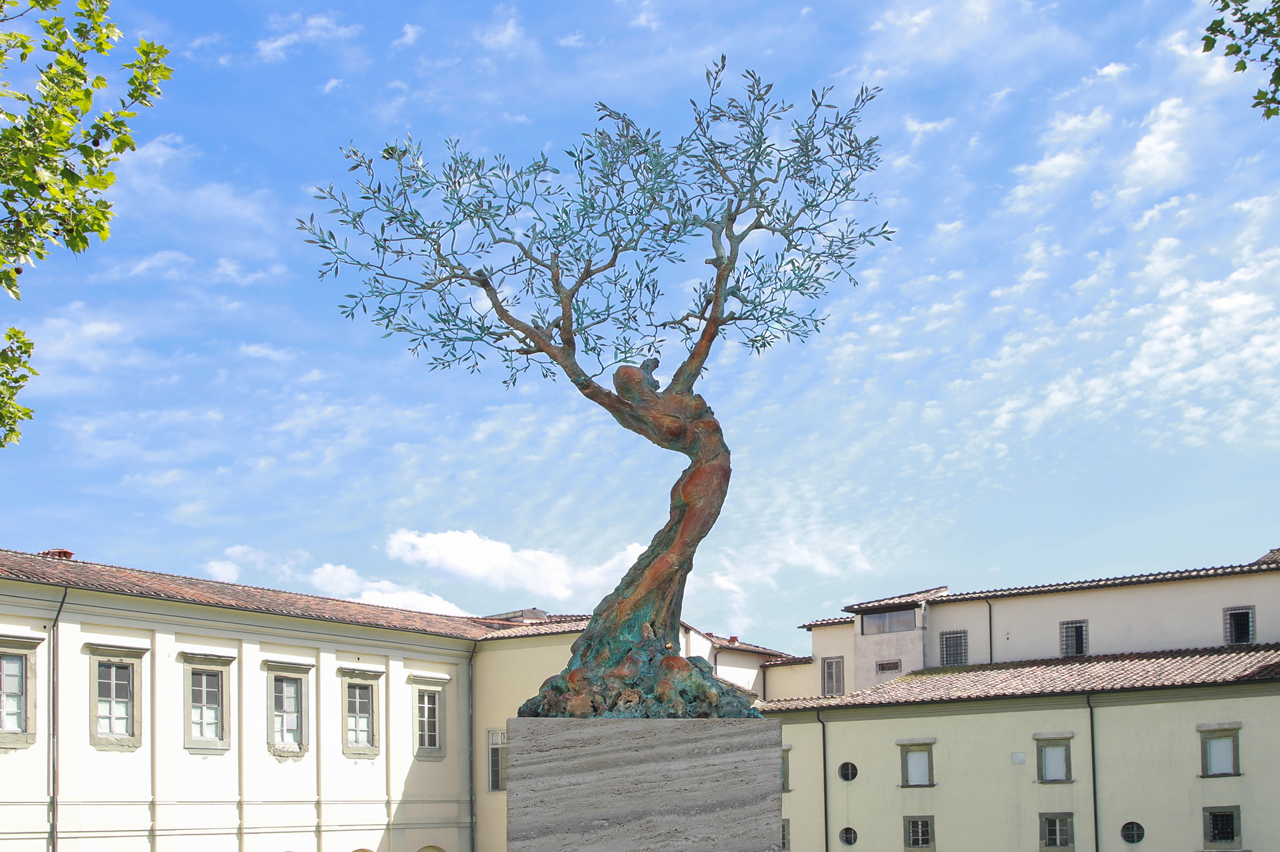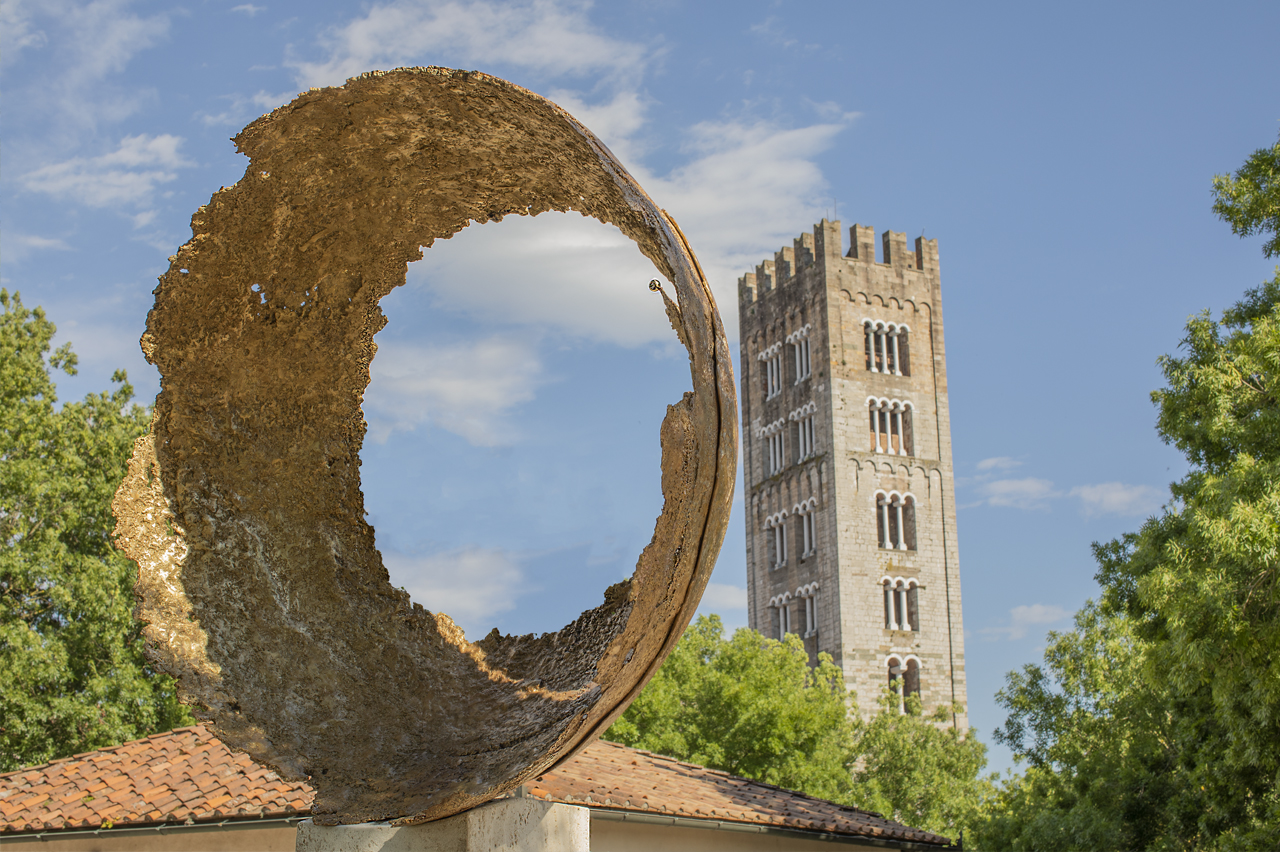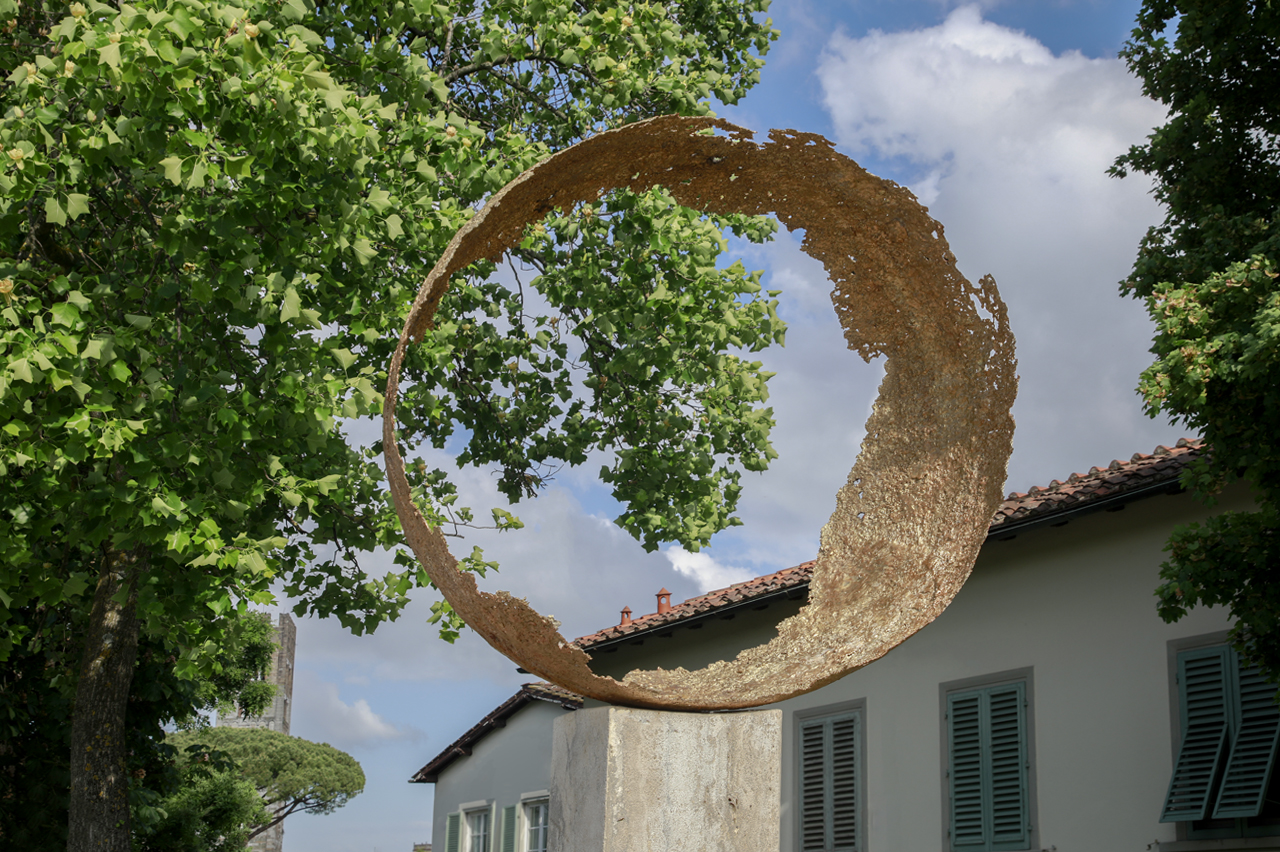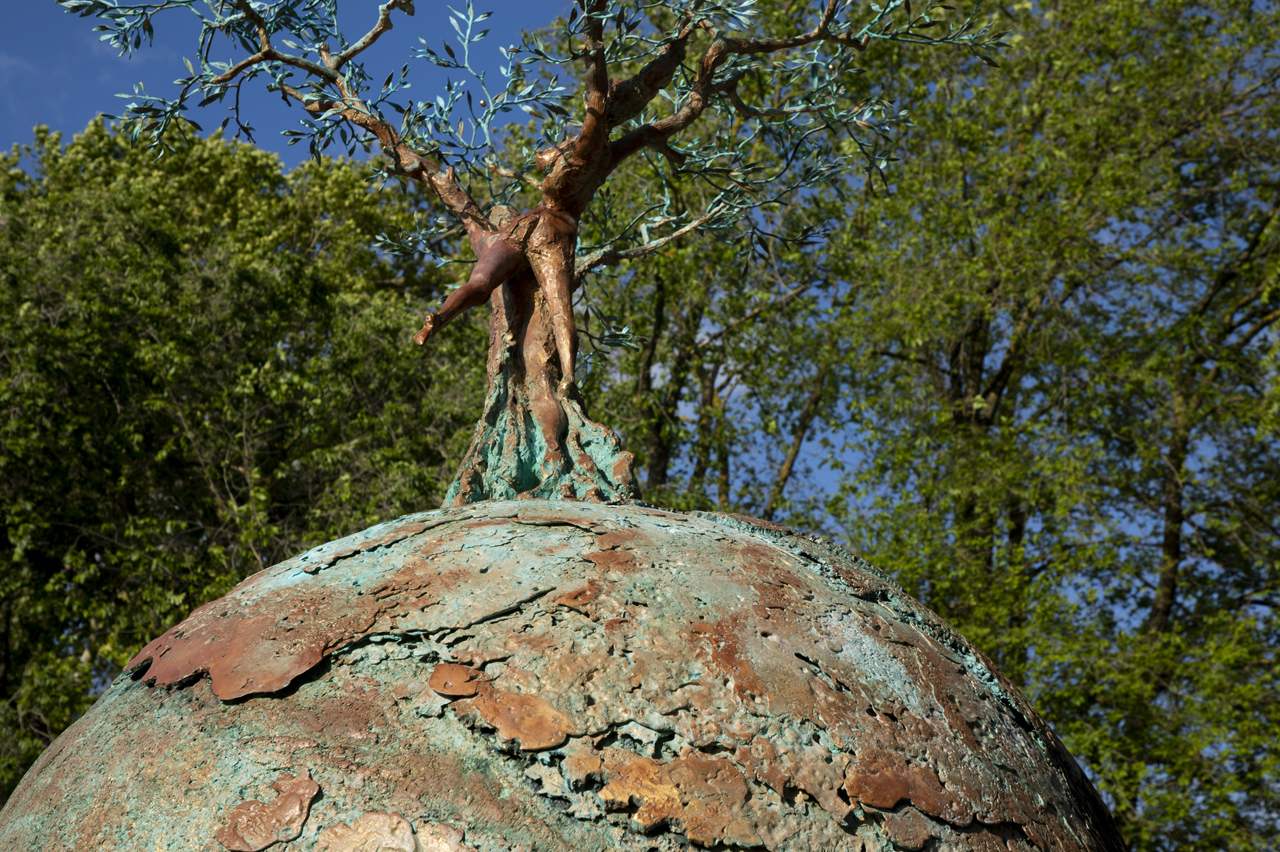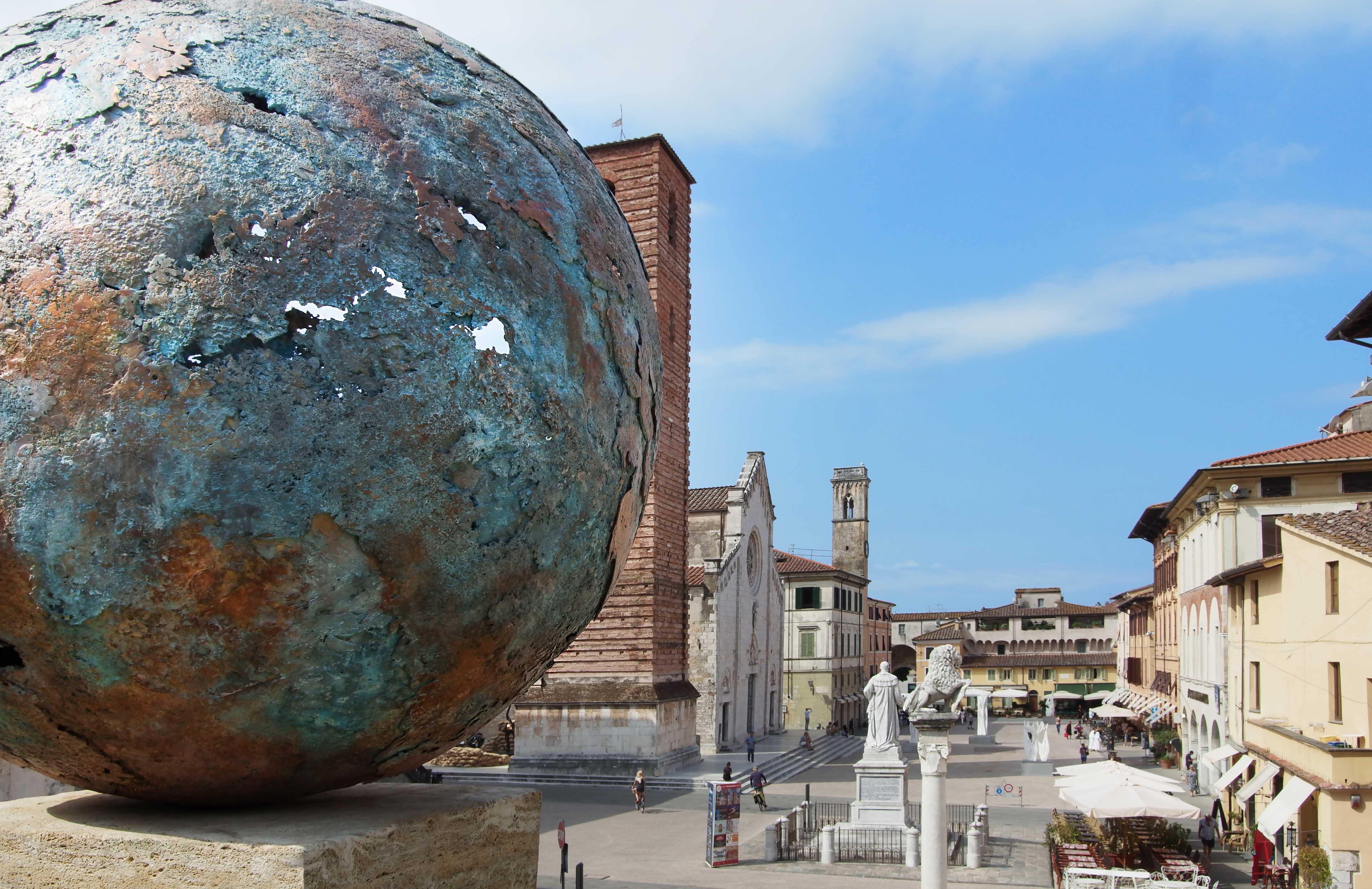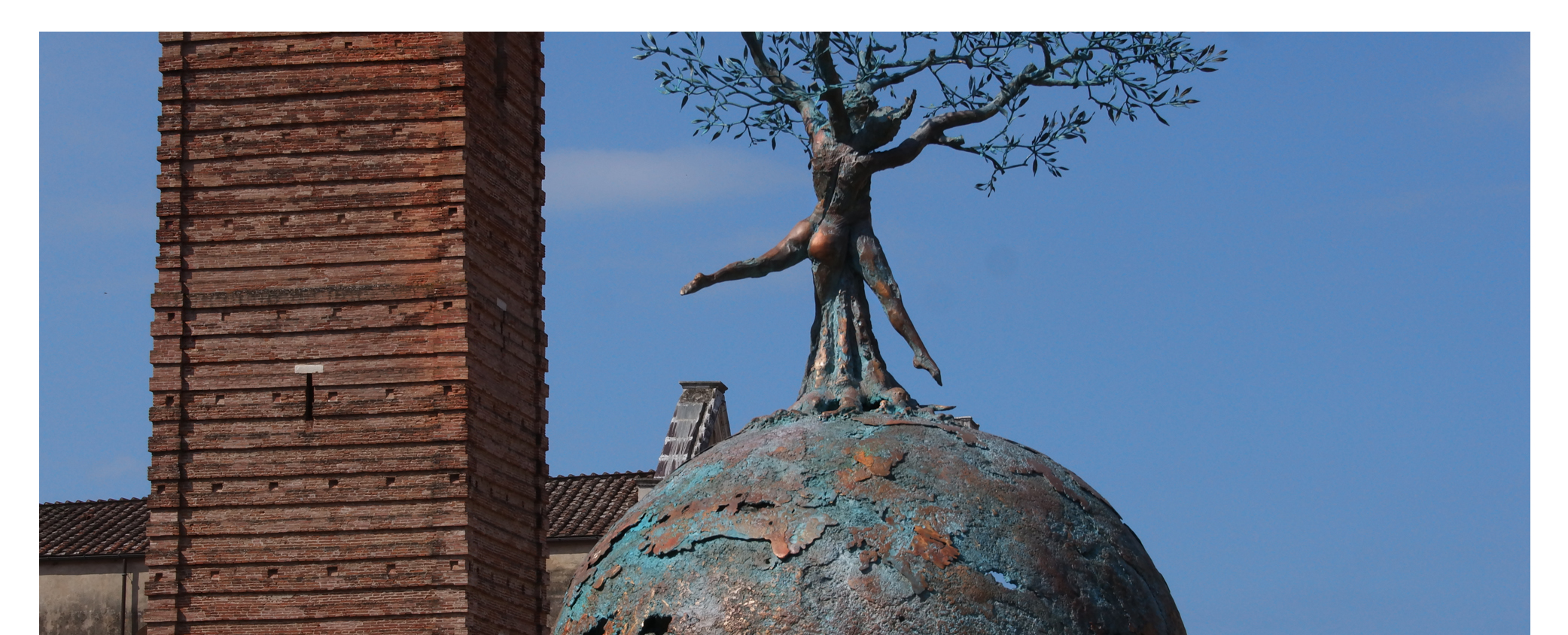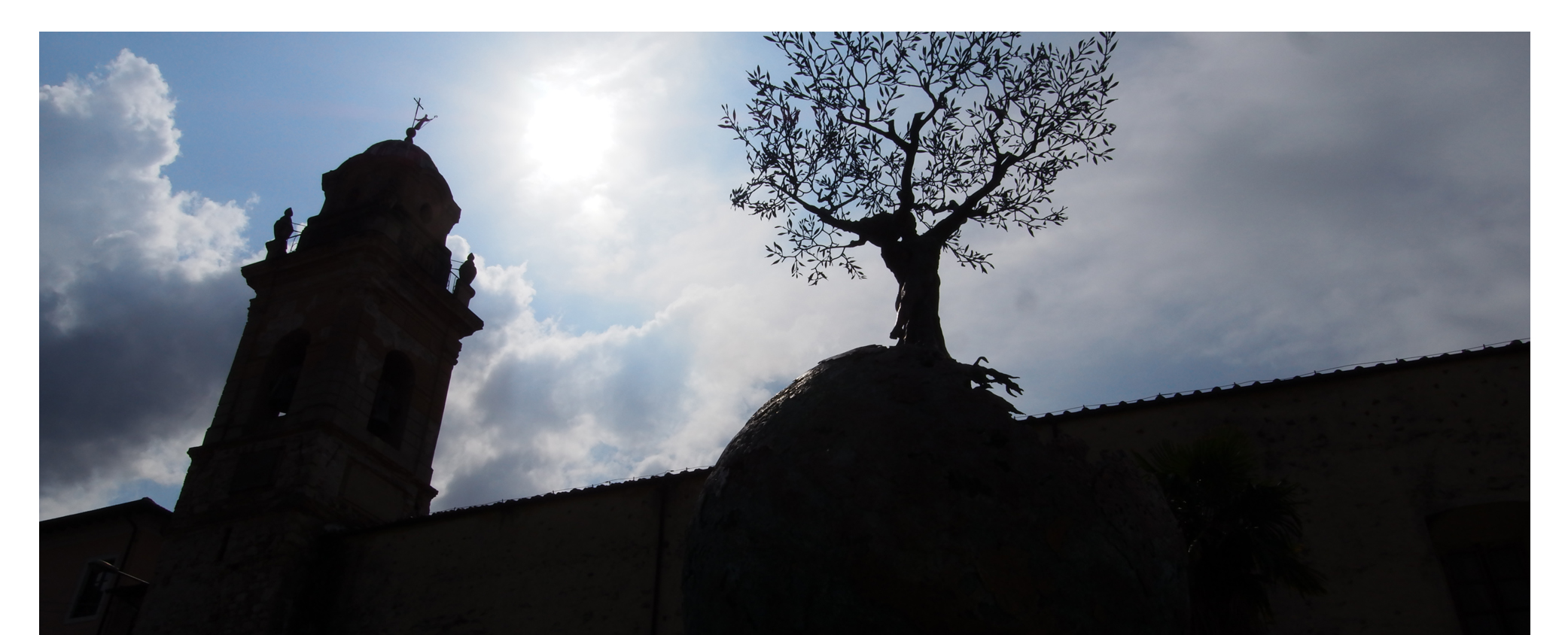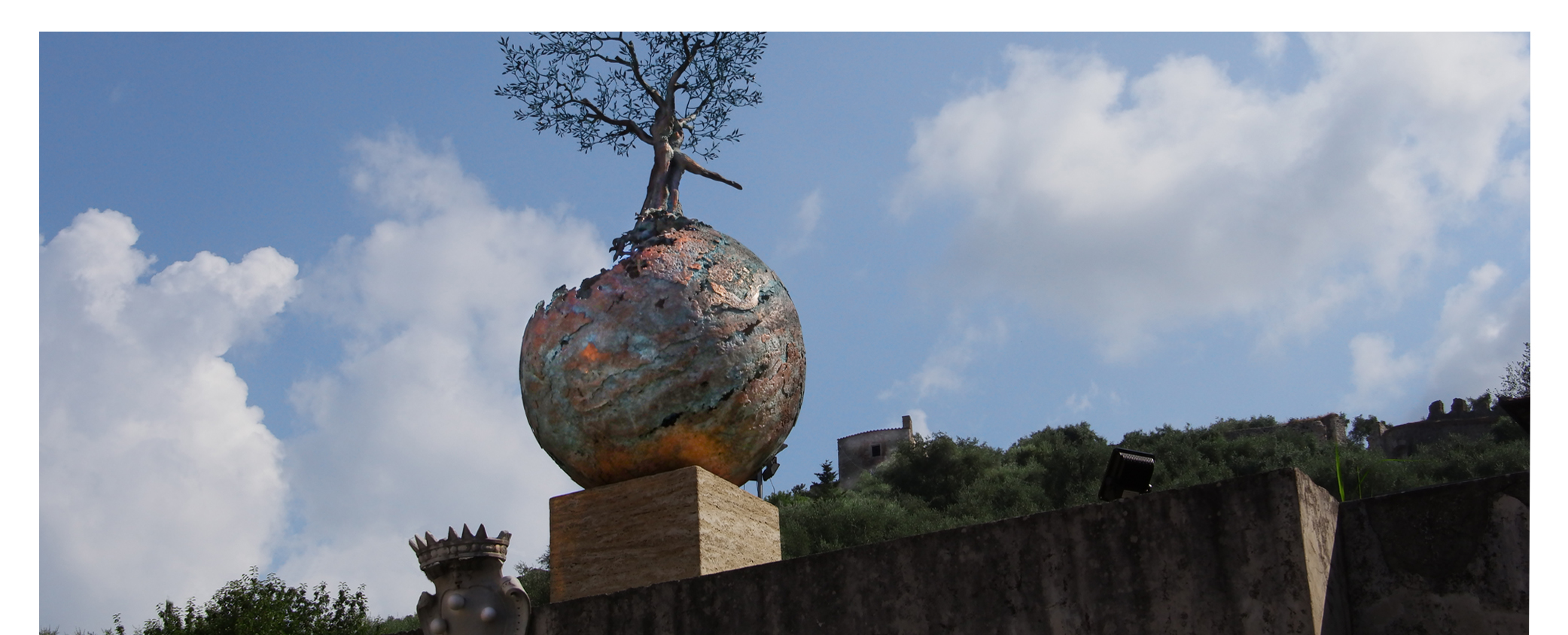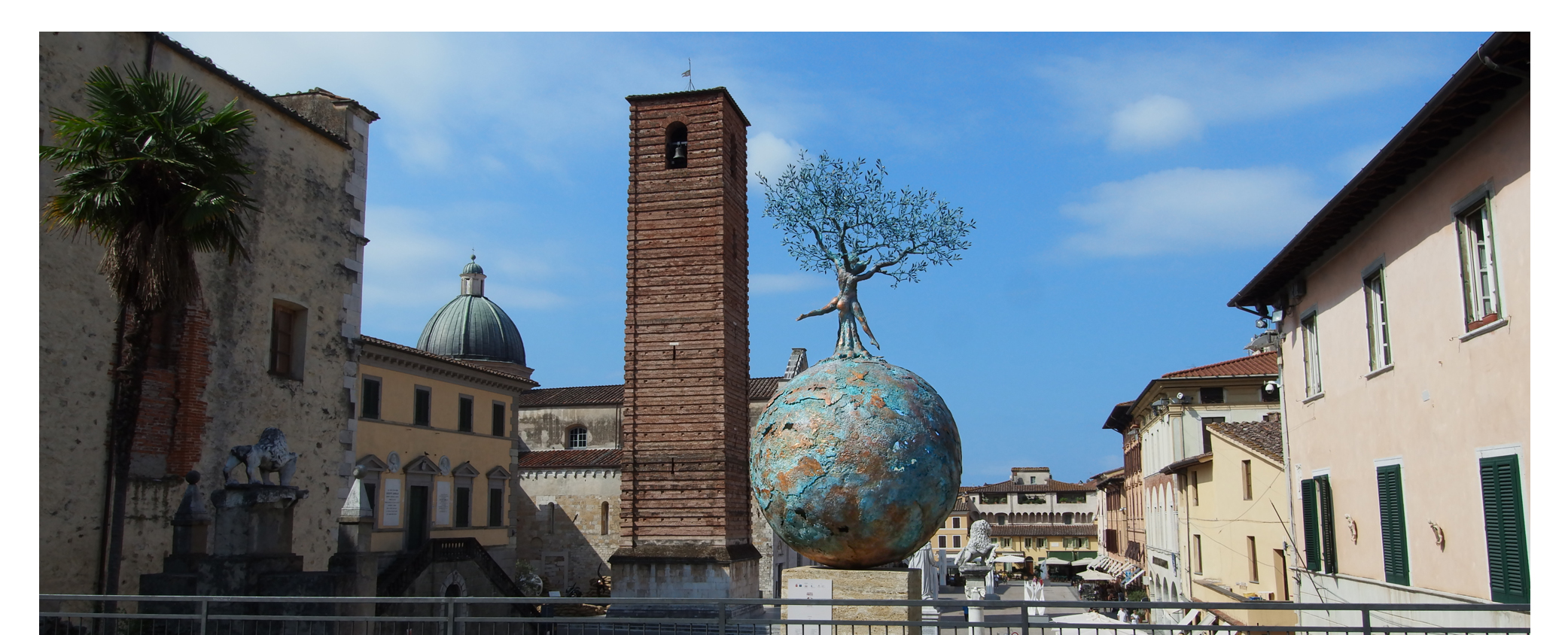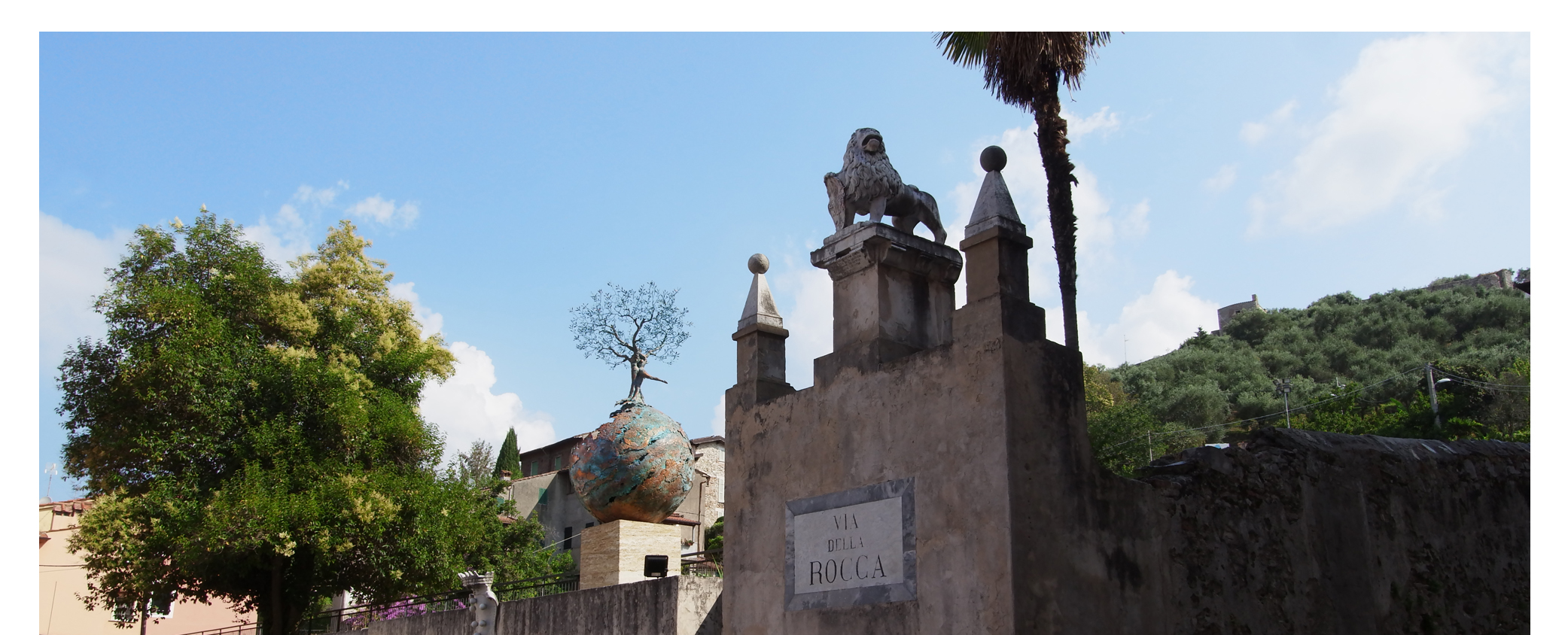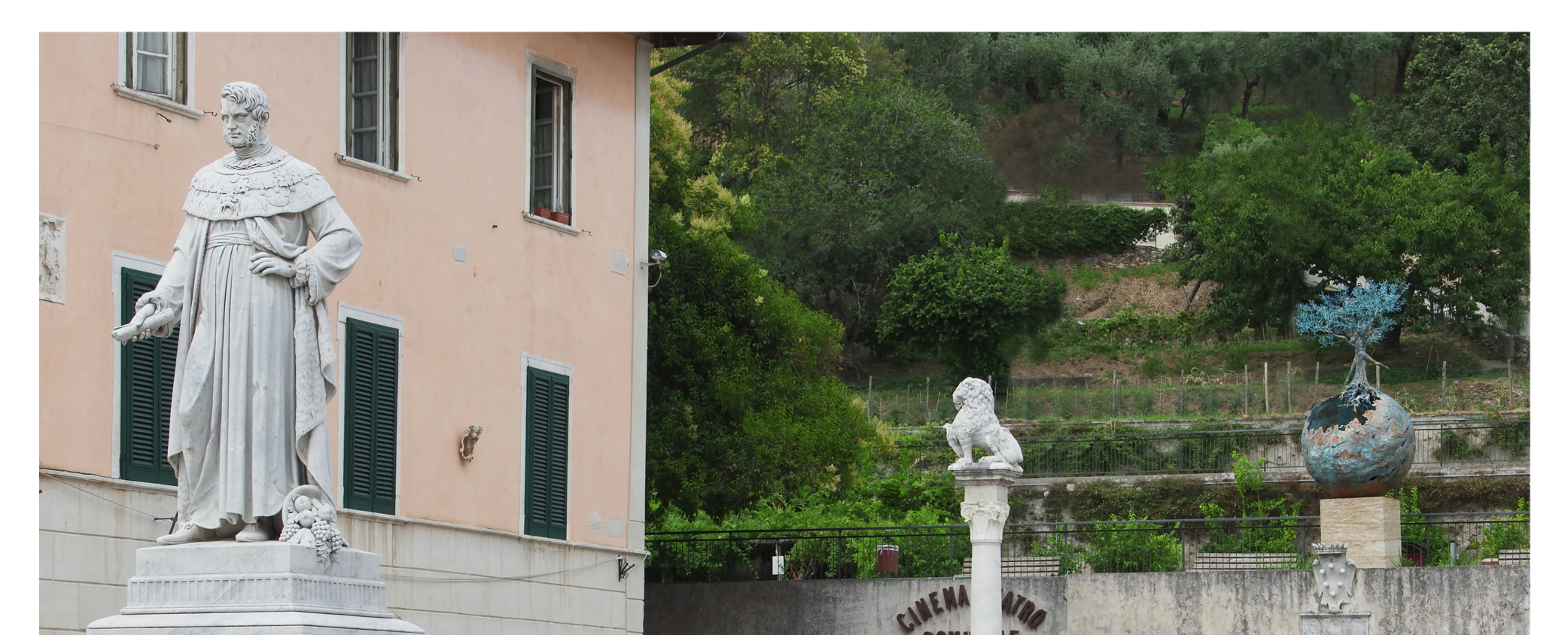
TERRA MATER
EARTH and HEAVEN
LUCCA
May 20th - Septeber 30th2019
Piazza dell’Anfiteatro, Real Collegio, Le Mura and Baluardo di San Frediano, continuing ideally in "Piazzetta del Teatro" in Pietrasanta
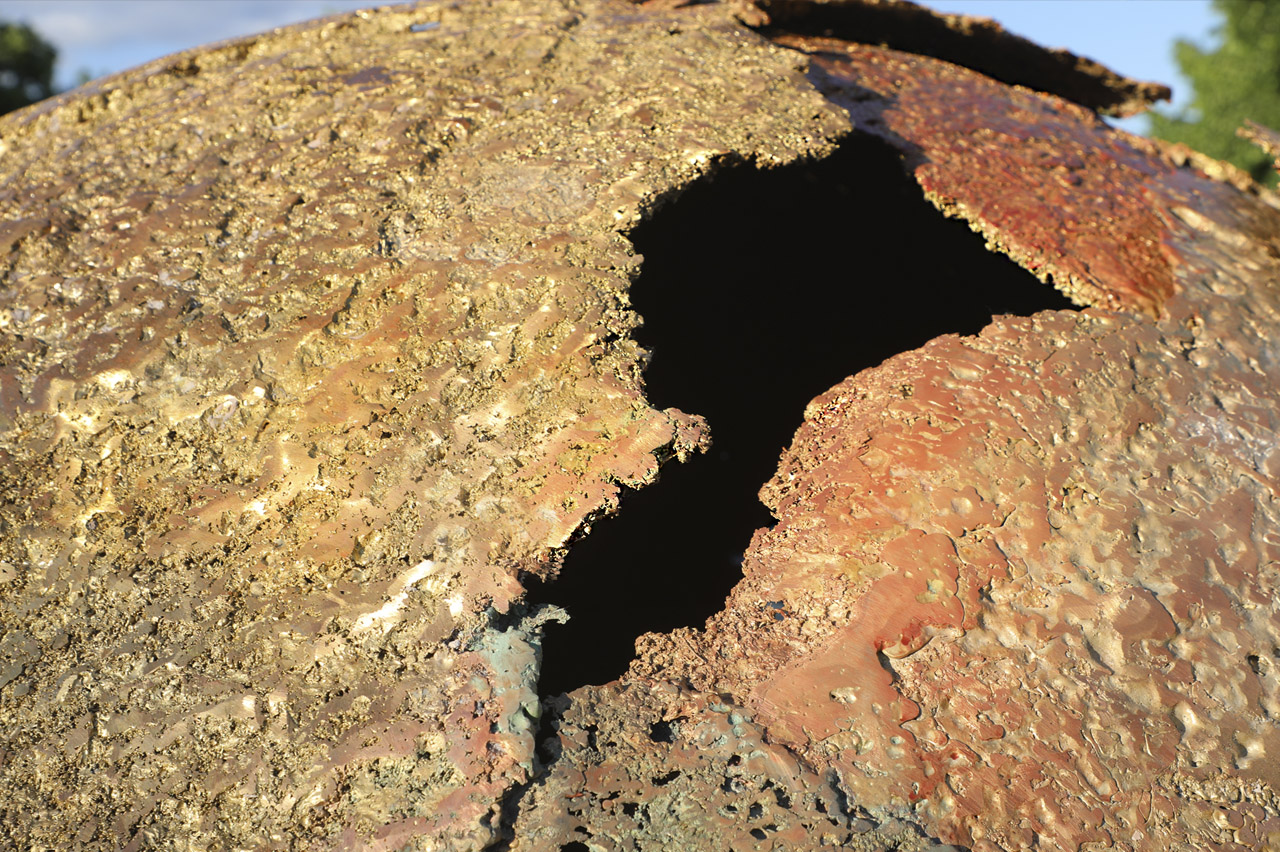
"Roman divinity that clearly reveals itself as the result of secondary development, carried out in historical times and under the influence of Greek religious ideas, of the ancient Goddess Tellus.
This has only the character of an agrarian divinity, that is to say it is the Goddess of Vegetation, of Sowing and Crops, without any relation to the cult of the dead. [...]
Instead, the concept of the Terra Mater was formed in Rome only later.
The passage from Tellus to Terra Mater through Tellus mater is not sure, and certainly would not have occurred without Greek influences.
The Earth is now in relationship with the cult of the dead, and it is considered as a divine force that has in itself the seeds of life and death. [...]
It is not, however, like the Greek Gaea, the passive female element in contrast to the masculine active element of the sky (Uranus) or of the sea (Oceano); but it is the ground in its double meaning both of field of the harvest and place of burial. [...]
It is certain, however, that the ancient Goddess Tellus has now become Terra Mater and it represents the generating power of the soil, hence the life of plants and animals and the existence of men themselves”.
Franca Parise Badoni
Encyclopedia of Ancient Art (1966)
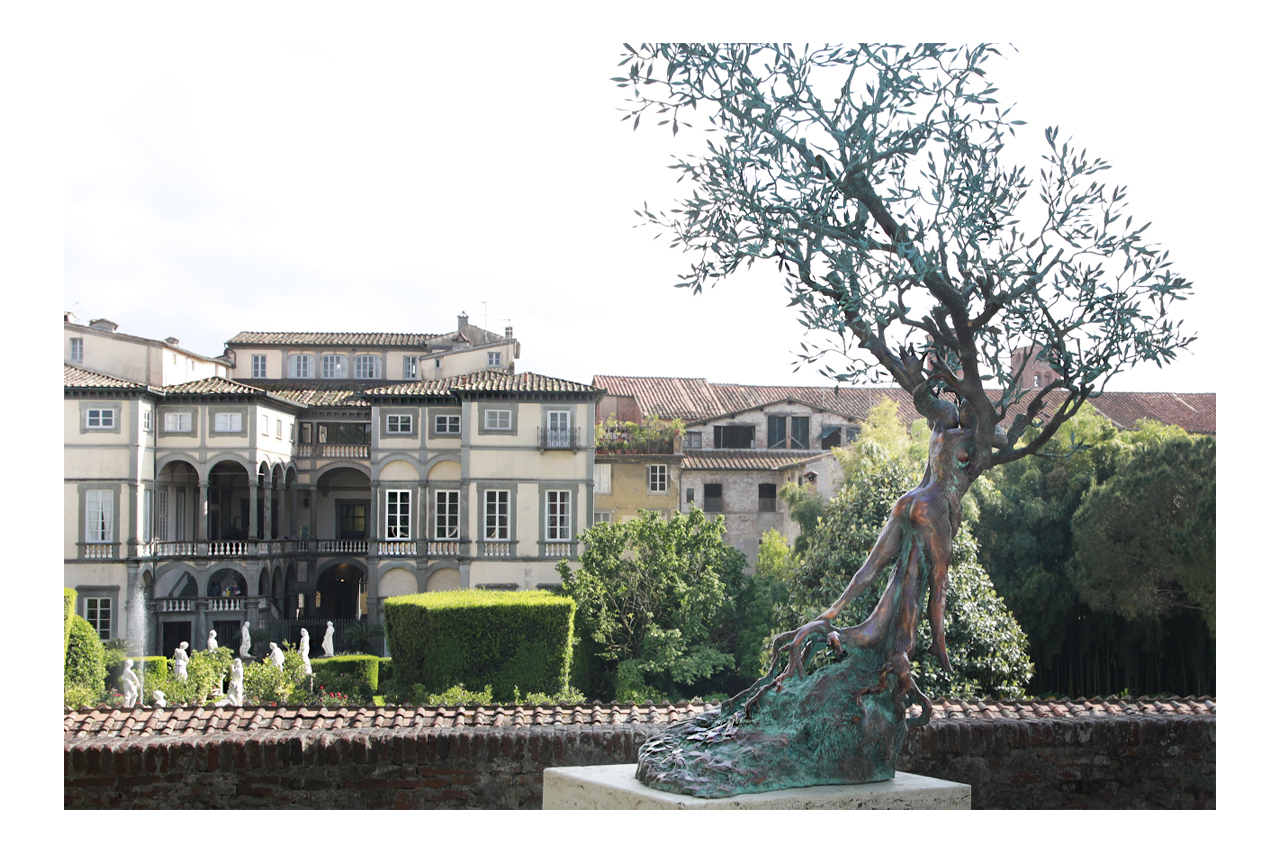
From the 20th of May until the 30th of September, the bronze sculptures of Italian artist Andrea Roggi will be exhibited in the enchanting architectural setting of the city of Lucca within the widespread solo exhibition entitled Terra Mater – Earth and Heaven.
The subject is particularly beloved by Maestro Roggi, with his sensitivity – which is at the same time intimate and dreamlike, intensely spiritual, philosophical and sentimental – he makes tangible the intangible, transforming his creative ideas into works of art through a sophisticated manipulation of his distinctive element, bronze – as, in line with the Michelangiolesque maieutic, of marble.
The Tuscan Maestro’s evocative works translate the suffused mysticism of his poetics into archetypal shapes linked to the theme of Mother Earth: symbol of the Great Mother, of the primordial matter, the goddess of nature and spirituality, the divine source of every birth that gives and sustains life.
An emblem of fertility through her image of luxuriant and fruitful nature, she is present in almost all mythologies and represents the earth and the feminian, intended as a mediator between human and divine.
In ancient times, in matriarchal societies of egalitarian character, there was a particular respect for Mother Earth considered as a symbol of the Great Mother and women were – by virtue of this – respected and valued, and feminian power was not conceived as domination over masculinity but rather as the capacity to enlighten and transform the spirit of the whole humanity, exemplifying love and justice.
These qualities will later be attributed to the Virgin Mary; the ancient spirituality of the Great Mother gradually faded away until disappearing as a result of the encounter-clash between different cultures and the subsequent affirmation of the monotheistic patriarchal religions, with Western primacy of the Judeo-Christian belief.
The Mother Earth is an iconographic and symbolic motif particularly cherished by Roggi, since it contains in its signifier and its meaning his aesthetics and his artistic-intellectual manifesto, in a flow between figuration and trans−figuration.
Terra Mater appears to be equally the title of a monumental bronze artwork in
the shape of a sphere (world) made with a particular technique conceived and patented by Roggi himself which gives an earthly and magmatic perception to the bronze matter, appearing to be permeated by atavistic chthonic and telluric forces.
Other monumental works, attributable to the theme of the Tree of Life are dedicated to Fecunditas (Fertility), to Omnia vincit Amor” ( The Love that conquers all), to The Roots of Our Future and to The Memory of a Moment.
As a matter of fact, the tree and its branches appear among the fundamental esoteric elements of the Earth. The Tree participates in the three constituent layers of the universe: the Underworld, with its roots plunging into the Earth; the Middle World, with the strong trunk of the tree exposed to the world’s surface; the Upper World, the one of the gods, with its branches aiming towards the heavens.
Linked to the concept of the Cosmos, the tree is the image of the vertical ascent towards the sky; its branches, nourished by the sap that rises from the roots, together with their fruits possess and expand the life force of the tree itself.
The iconography of the tree is fundamental in ancient civilisations; it assumes the concepts of wisdom, sacredness and divine power, as well as of means of transport through the states of Being and of the Cosmos.
In Nordic myths, the warrior or hero is often compared to a tree to symbolise the nobility of Being; as in many other ancient traditions, Knowledge is often transmitted from the female element to the one who passes the initiatory tests that are placed before him.
Some sculptures belonging to Roggi’s latest production are also exposed on particularly fascinating urban glimpses: Continuum (Continuity) and Tempus (Time), which present a progressive stylistic rarefaction up to the formal abstraction, and in which de facto materialises
the passage between realistic and abstract sculpture.
The artist who was born and raised in Castiglion Fiorentino, in the province of Arezzo, chooses the sphere, the circle, the world as a symbol of the Mother Earth.
Not only can one find a vast array of symbolism in his pieces of work, but the meaning behind them clearly reflects his deep-rooted identity, for instance through the iconic Tuscan plant of an olive tree whose roots and branches are aiming towards the sky.
There we observe his philosophy, characterised by an intimate respect for nature, memories and traditions so hardwired into our history. At the same time, the hope of the moral and intellectual rebirth of humanity, thanks to the spiritual elevation obtained by aesthetic contemplation and intellectual reflection also plays a significant role.
The entire corpus of the artworks selected for the
exhibition is scenically installed along an ideal path starting from Le Mura (the ancient walls), following in the Baluardo di San Frediano, in the “Casermetta” (the small building) in front of it, in Piazza dell’Anfiteatro and in the cloister of the Real Collegio; Terra Mater virtually continues in Pietrasanta, in Piazza del Teatro and inside the artist’s private and permanent gallery “The Circle of Life Art Gallery−Pietrasanta”.
Once again the Tuscan sculptor reveals himself as an absolute bronze virtuoso, through such an evocative exhibition: his refined structures immediately stupefy any admirer for the wisdom of his technique, which is combined with subjects oscillating between quivering figuration and spiritual and emotional trans-figuration, in a continuous tribute to the saving power of Nature as Terra Mater, common thread and title of the exhibition
Paradise is under our feet
as well as on our heads
Henry David Thoreau

